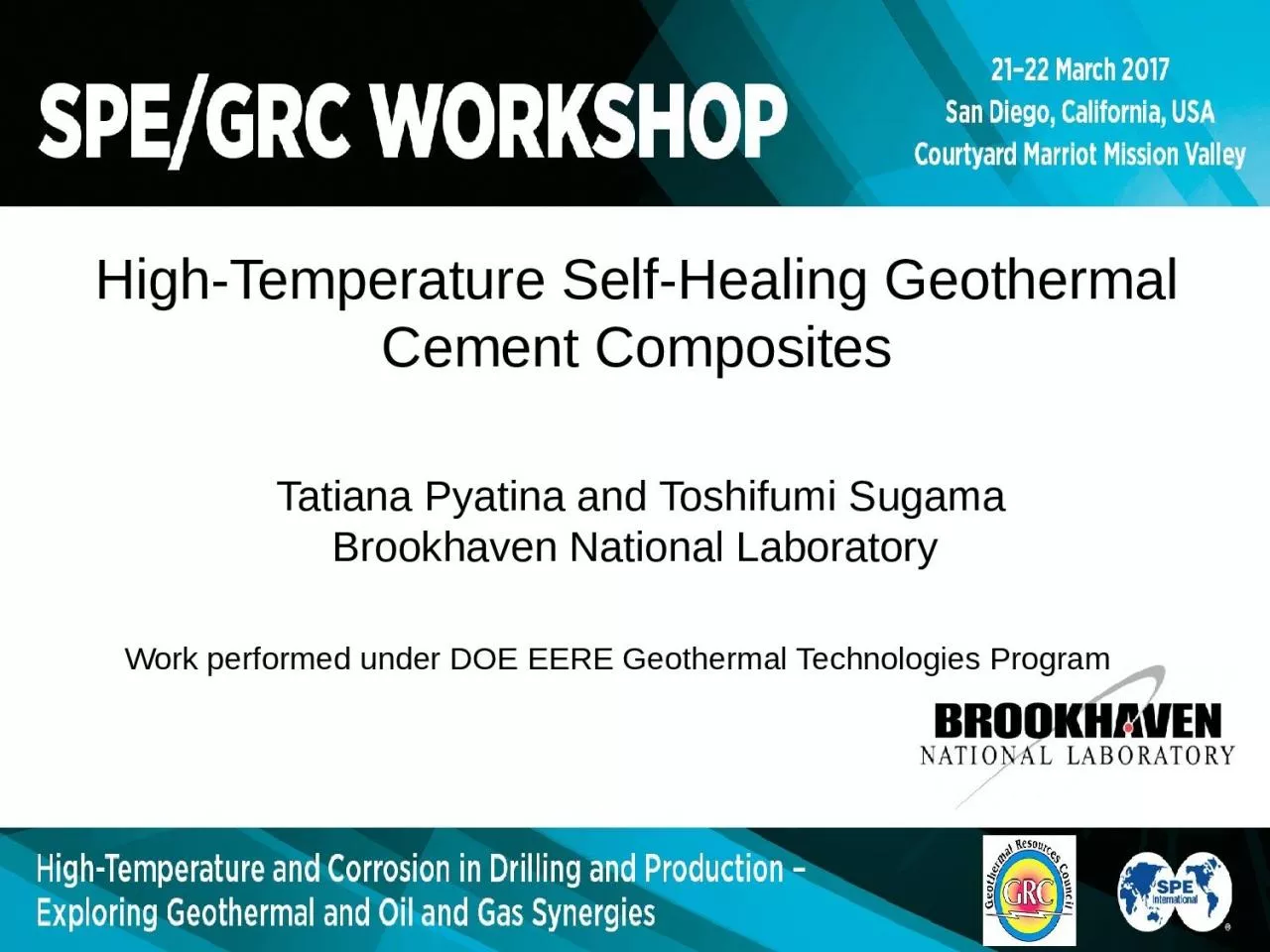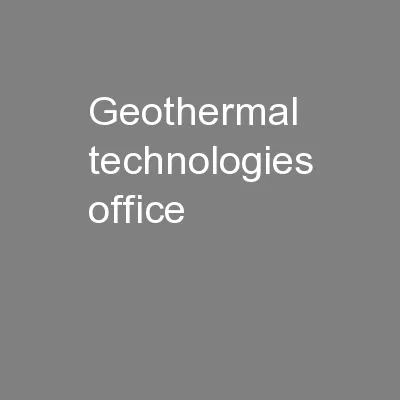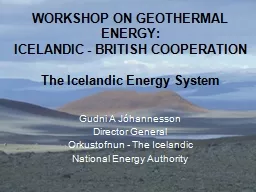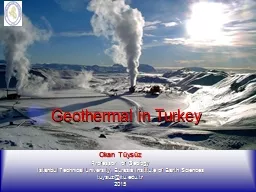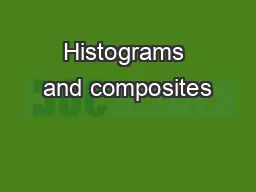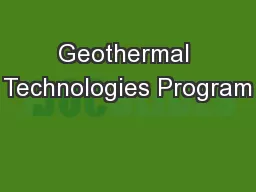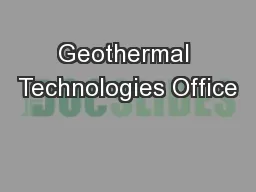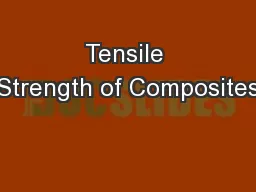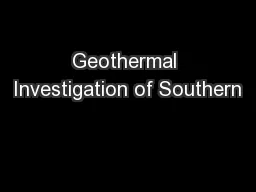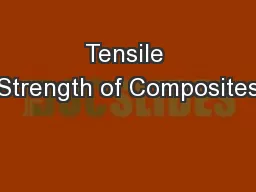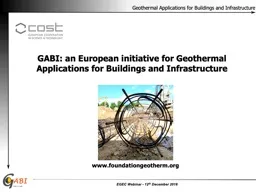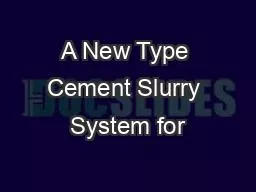PPT-High-Temperature Self-Healing Geothermal Cement Composites
Author : felicity | Published Date : 2023-09-26
Tatiana Pyatina and Toshifumi Sugama Brookhaven National Laboratory Work performed under DOE EERE Geothermal Technologies Program Objectives and approach Strength
Presentation Embed Code
Download Presentation
Download Presentation The PPT/PDF document "High-Temperature Self-Healing Geothermal..." is the property of its rightful owner. Permission is granted to download and print the materials on this website for personal, non-commercial use only, and to display it on your personal computer provided you do not modify the materials and that you retain all copyright notices contained in the materials. By downloading content from our website, you accept the terms of this agreement.
High-Temperature Self-Healing Geothermal Cement Composites: Transcript
Download Rules Of Document
"High-Temperature Self-Healing Geothermal Cement Composites"The content belongs to its owner. You may download and print it for personal use, without modification, and keep all copyright notices. By downloading, you agree to these terms.
Related Documents

